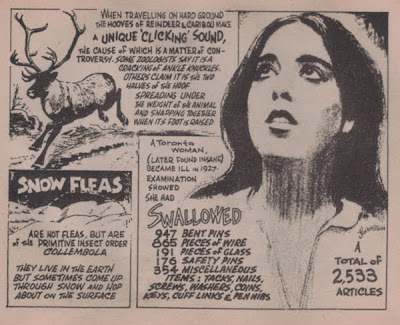
A most welcome new blog, Fly-by-night, aims to shine some light on Canada's early paperback publishers. It seems such a daunting task; not because they were many in number, but because so little attention as been paid by our literary historians, biographers and bibliographers. Take, for example, Collins White Circle, an imprint of the esteemed William Collins Sons' Canadian branch: 429 titles published over a ten year period and not a mention in The Canadian Encyclopedia, Encyclopedia of Canadian Literature, or The Perilous Trade, Roy MacSkimming's 2003 history of Canadian publishing. The History of the Book in Canada – published in three volumes, amounting to 1837 pages – devotes a mere five sentences to the imprint.
It seems that even when it was around, White Circle went unrecognized by literary types. As evidence I point to a piece by critic William Arthur Deacon in the 29 November 1947 edition of the Globe and Mail, which credits the Reprint Society of Canada for returning Stephen Leacock's "masterpiece" Sunshine Sketches of a Little Town to print. This, despite the fact that since 1942 the book had been available as a White Circle paperback. Writing in the paper two months later, Deacon builds upon his error, praising the Society for, amongst other things, offering "the only extant edition of Leacock's Sunshine Sketches".
Collins' correction inspired this unsigned slight:

Yes, yes, yes... and Orillia has more than four buildings... and not all have red roofs... and steam engines aren't typically dwarfed by sheds. Honestly, why not just own up to the mistake and move on?
The Globe and Mail adds insult by printing the criticism beside an advert for, of all people, the Reprint Society of Canada.
And in related news: Word comes in the form of an email that Harlequin's Vintage Collection was a one time thing. "At the present time, there are no plans to reissue more vintage books", writes customer service agent Angela. Those who'd put money aside for a David Montrose or Thomas P. Kelley reissue may wish to consider instead a Ronald J. Cooke The House on Craig Street address book.





































.jpg)
.jpg)
.jpg)













